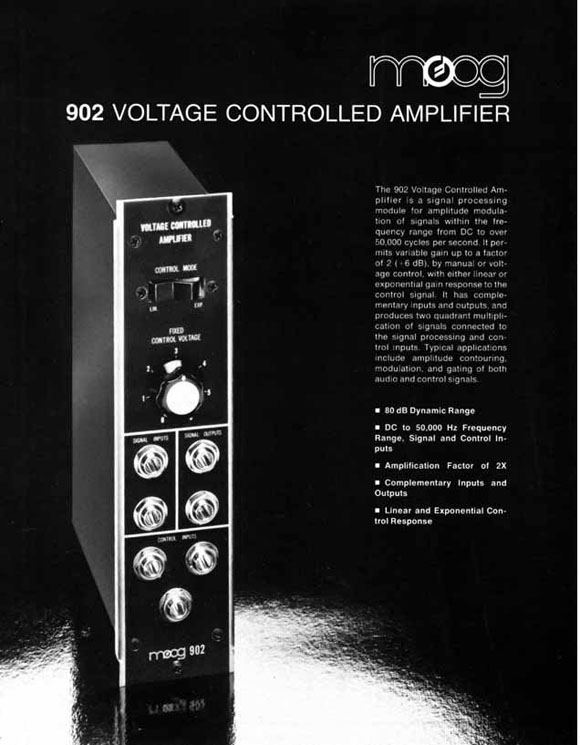
Ah, patch cords.
Routing is made real when you have to physically plug one sound module into another to do anything, telephone operator-style, as on vintage modular systems from Moog and Buchla. I was never a virtuoso with cords, kept running out of the things, forgetting what was plugged into what, and could never even imagine performing onstage with cords like the Moog Modular greats. But if you’ve never played with patch cords, you’re missing out on a great experience — romanticization and hype aside.
So, if you do come across a modular system (best bet: make friends with your local university electronic music department), where would you start? The Moog manual seems to be written for engineers, if you’ve got one at all. I love the guide from the lab at the University of California Santa Cruz — incidentally, home of the best sports mascot EVER, the UCSC banana slug. Those banana slugs know their vintage synths, alright:

Short and sweet, that’s a no-nonsense guides to using each module you could probably still follow after a wild night of screaming “Go Banana Slugs!” and imbibing obligatory ambrosial undergrad beverages. For the full technical documentation, though, check out the official Moog Archives. (Navigate to Instruments > Modular Systems > Modules and go hog-wild — or slug-wild, if you prefer.)
There’s enough online to live vicariously through Moog Modulars. Witness the obsessive collection at Synth Museum, which even includes photos of Vladimir Ussachevasky’s Moog setup. “Vladamir WHO?” you say? Why, that’s none other than the Columbia-Princeton Electronic Music Center chief who gave Moog the idea for what would become today’s ubiquitous Attack / Sustain / Decay / Release envelopes. (Ussachevasky was updating a model introduced by CDM hero Helmholtz, the 19th Century pioneer in understanding what makes instrumental sound tick.)
Patch cords live on. Sure, you could spend a zillion dollars buying a new Buchla 200e. Okay, maybe not a zillion, but expect automobile-like prices, just like the original modular systems. Instead, how about the more-capable, more-flexible, more-portable, less-retro Reaktor 5, which started shipping this week. (Reaktor I think is the best 21st Century successor to the Moog because of its focus on synthesis, though I would be remiss if I didn’t mention that Max/MSP, Pd, SynthEdit, and gobs of other software takes the patching approach, as well, each with its own special strengths.) Ultimately, whether you’re using hardware or software, your ability to use patching successfully has less to do with tangible interfaces as your ability to conceive what you’re doing abstractly. Many of us went into modular systems armed with a pencil and paper to help.
So, on that note, get patching — and let us know how it goes, be you Banana Slug or Bad News Bear. (Or, if you’re REALLY unlucky, the Yankees.)